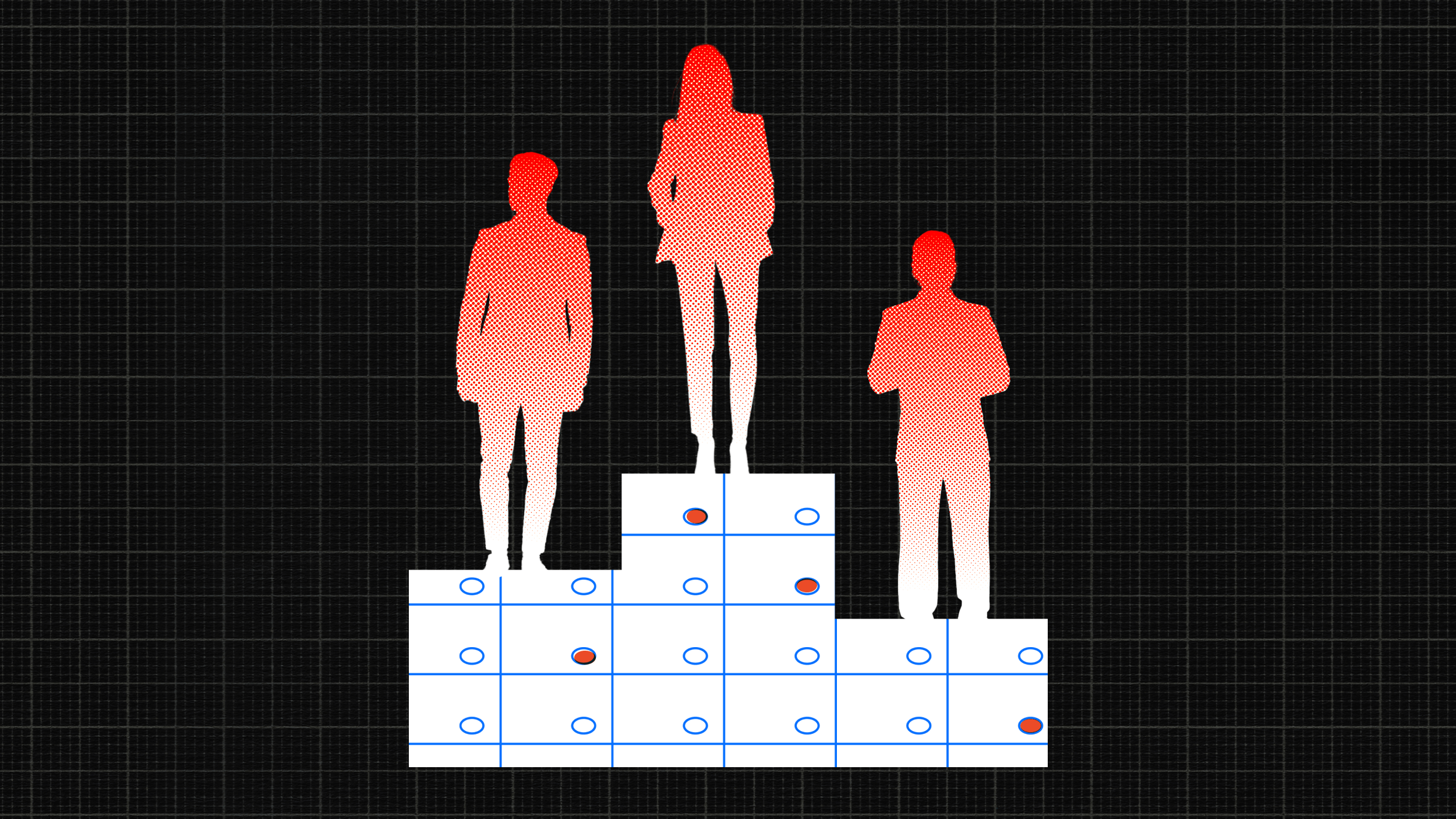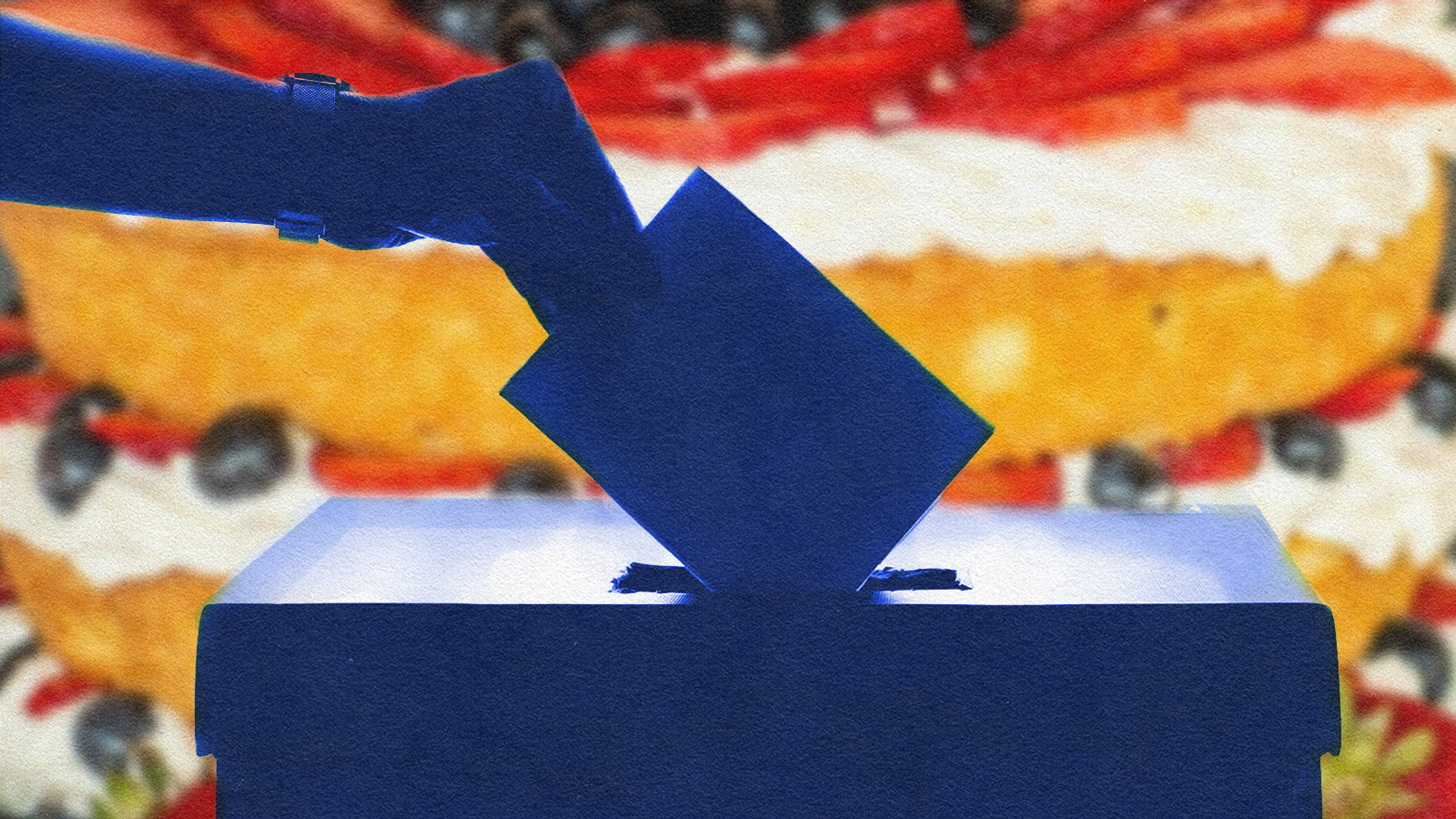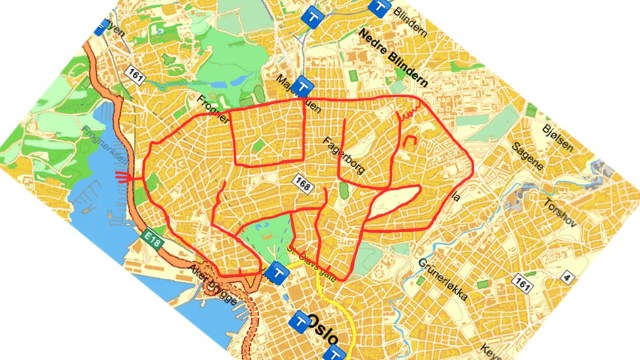427 – The Politics of the Stød
n
As discussed before on this blog, electoral maps have a strange tendency to transmit more than the results of a political horse-race. They often serve as quirky memorials of ancient cultural borders, as suggested in the following cases:
n
- n
- France’s 2007 presidential elections (#108): the marked contiguity of areas voting Sarkozy and Royal in the first round of the 2007 presidential elections (Sego dominating in the southwest and Brittany, Sarko almost everywhere else) is a result, it has been suggested, of the southwest’s long tradition of dissent, going back to the Cathar heresy in the Middle Ages, via Huguenot protestantism somewhat later, and surviving as anticlericalism, antimonarchism and eventually modern socialism.
- Ukraine’s 2004 presidential elections (#343): the pro-European western half of the country voted for Yushchenko, the pro-Russian eastern half for Yanukovich, along dividing lines suggested by some to be similar to the borders of the Kievan Rus, a medieval Slavic state at the basis of both Russia and Ukraine.
- Poland’s 2007 legislative elections (#348): even though massive displacements of Poles, Germans and others peoples have totally re-drawn the ethnic and political map of this part of the world, these electoral results nevertheless seem to correspond with an old imperial border that has been erased from history since 1918.
n
n
n
n
Another set of maps now aims to demonstrate a parallel between the dialectics of party politics and the dialects of the national language in Denmark. The map on the left hand side shows the difference in use of the Dansk stød (*), a sort of glottal stop typical for Danish, and used differently by some of its main dialects. The map on the right shows the results of the recent nationwide mayoral elections (17 November 2009).
n
- n
- People who practise the West Jutlandish stødhave elected mayors from the Venstre party and to a lesser extent from the Conservative party. Venstre, literally ‘Left’, is actually a centre-right party in the liberal tradition. West Jutland-speakers therefore generally tend to vote right-wing.
- Those who speak with the standard Danish stød (i.e. kun faellesdansk stød) or without any stødat all (intet stød) tend to vote for the Social Democrats: the northeast and southeast of Jutland, Fyn (the large island off the southeast Jutland coast) and large parts of Sjælland (the biggest island, especially the Copenhagen area (the concentration of smaller circumscriptions on the island’s northeastern edge).
n
n
n
The concurrence between speaking and voting patterns, strongest in Jutland but a bit more muddled on the islands, is all the more puzzling considering the fact that the dialectal use of the stød is in decline since the beginning of the 20th century.
n
One possible explanation is that the fading dialect borders actually represent even older cultural patterns. This article in Videnskab.dk proposes that the dialect border coincides with the one between ‘hilly’ and ‘sandy’ Jutland, with all the social differences that might imply. Or it could be that two different types of population coexist in Jutland as a result of massive immigration in the 1600s, following huge local mortality due to war and plague.
n
.
n
‘Mange tak’ to Henning Michael Møller Just for sending in this map.
n
.
n
(*) literally: ‘shock’, or ‘blow’ (as while playing wind instruments, or in boxing)
n
n
nn






